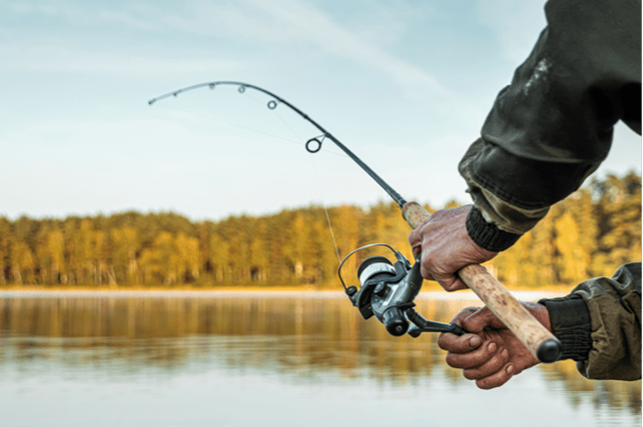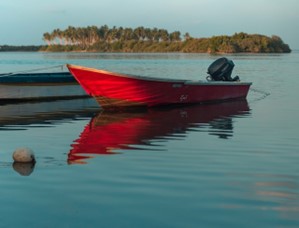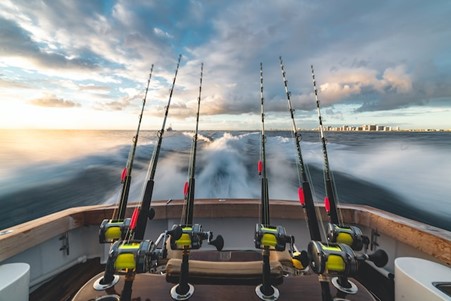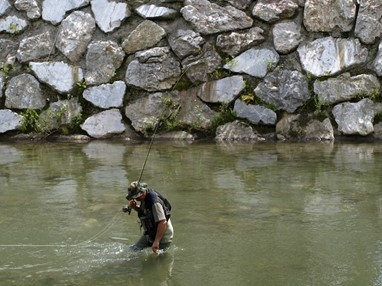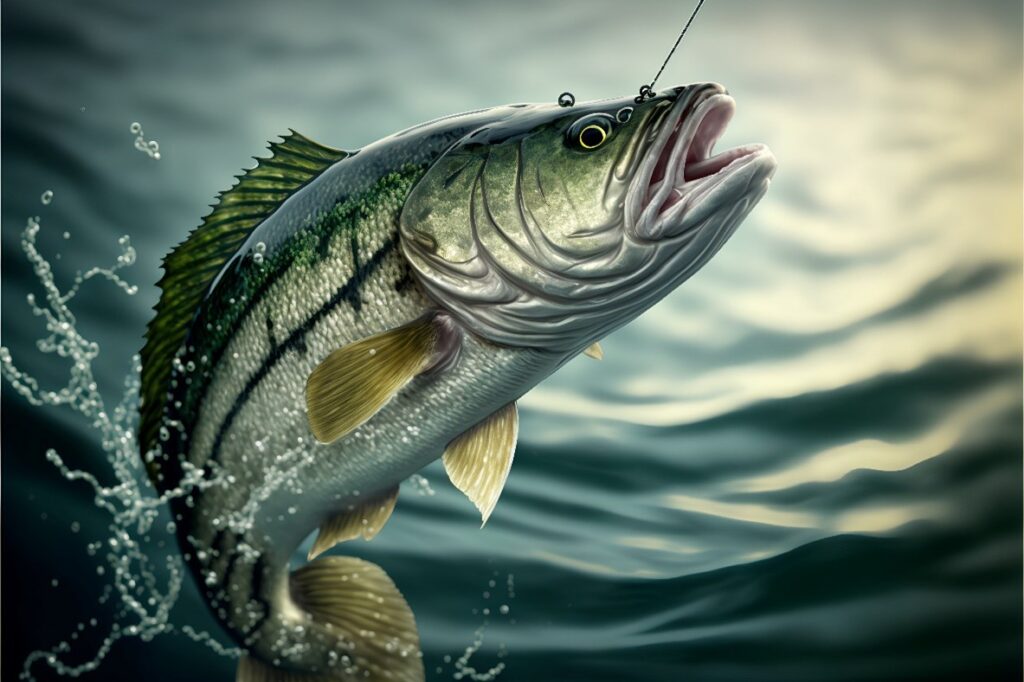Fishing is not just a hobby; it’s an art, a science, and, for many, a way of life. When you’re out on the water, with the sun rising over the horizon and the gentle lapping of waves against your boat, there’s a sense of tranquility and excitement that’s hard to beat. Whether you’re a seasoned angler or just starting out, Dave Hebeda notes that fishing from a boat offers a unique set of opportunities and challenges. In this blog, Dave Hebeda will dive into some essential tips and techniques that can help you make the most of your boat fishing adventures.
- Know Your Environment
The first step in successful boat fishing is understanding your environment. This includes the type of water body you’re fishing in (lake, river, sea), weather conditions, and the species of fish you’re targeting. Each environment requires different tactics and gear. For example, fishing in a calm lake is vastly different from tackling the high seas.
- Choose the Right Gear
Selecting the right fishing gear is crucial. This includes rods, reels, bait, and tackle. The gear should match the type of fish you’re targeting. For instance, heavier gear is needed for larger fish like bass or pike. Also, ensure your boat is equipped with necessary safety gear, including life jackets and a first aid kit.
- Use Technology Wisely
Modern technology, like fish finders and GPS, can significantly enhance your fishing experience. A fish finder helps you locate fish underwater, while GPS can be used to mark spots where you’ve had success in the past. However, don’t rely solely on technology; sometimes, traditional methods and instincts are just as effective.
- Master Various Fishing Techniques
There are numerous fishing techniques, and mastering a few can be highly beneficial. Trolling, jigging, and casting all require different skills and approaches. Trolling is great for covering a large area, while jigging is effective in deeper waters. Experiment with different techniques to see what works best in your fishing environment.
- Be Patient and Observant
Patience is key in fishing. Sometimes, you might need to wait for hours before you get a bite. Use this time to observe the environment. Pay attention to the movement of water, the behavior of birds, and even the type of vegetation around – these can all be indicators of where fish might be.
- Respect the Environment
Always practice sustainable fishing. Follow local regulations regarding catch limits and size restrictions. Be mindful of the environment by not littering and handling fish with care, especially if you’re practicing catch and release.
- Learn from Every Trip
Each fishing trip is a learning experience. Take note of what works and what doesn’t. Over time, you’ll gather a wealth of knowledge that will make you a more efficient and successful angler.
- Enjoy the Experience
Lastly, remember that fishing is as much about the experience as it is about the catch. Enjoy the tranquility, the challenges, and the excitement. Cherish the moments of solitude or the companionship if you’re with friends or family.
Boat fishing can be incredibly rewarding. With the right preparation, knowledge, and attitude, you can enjoy countless hours of fun and relaxation on the water. So grab your gear, set sail, and embrace the wonderful world of fishing from your boat. Happy fishing!

